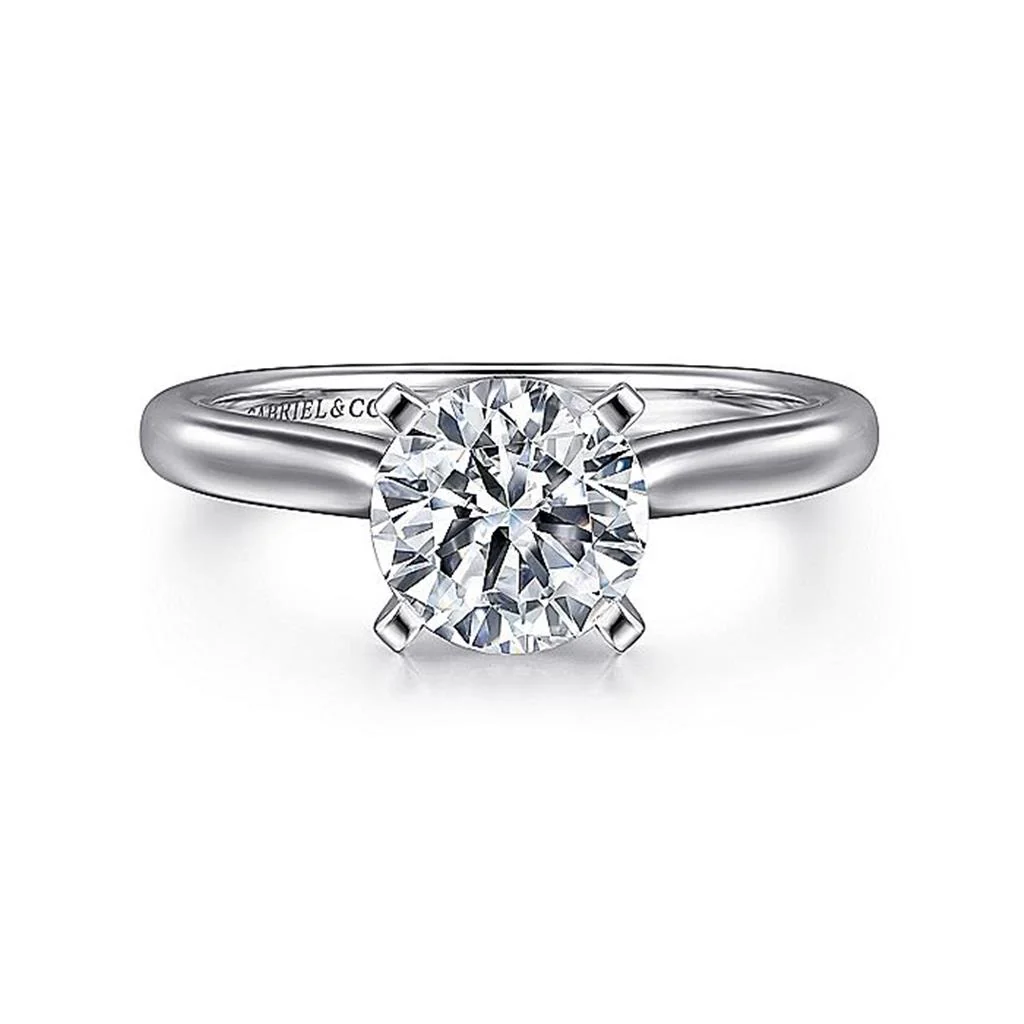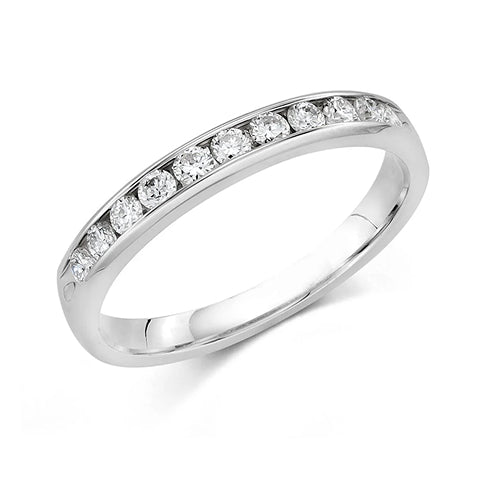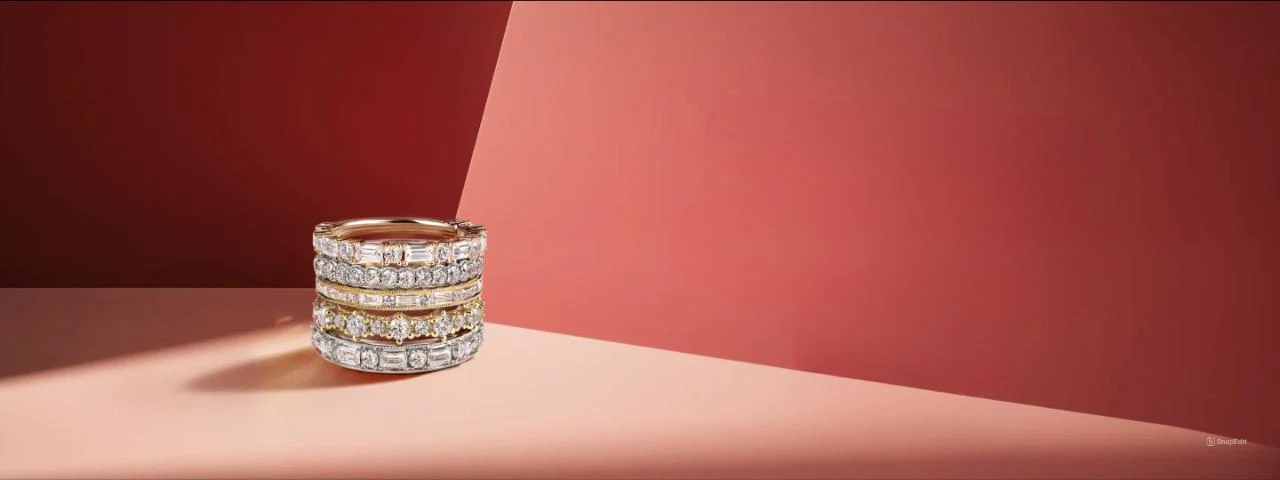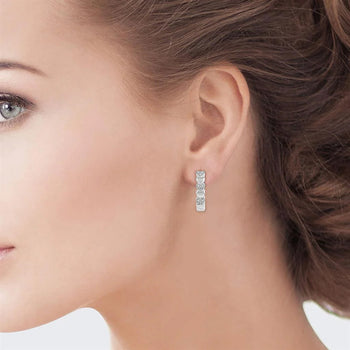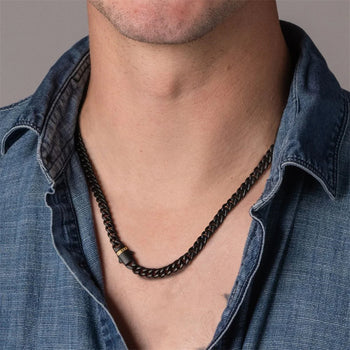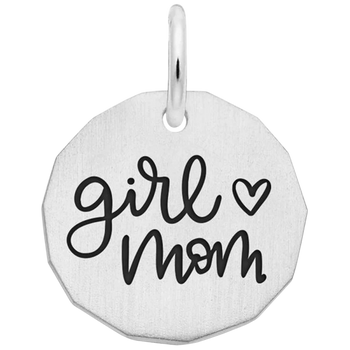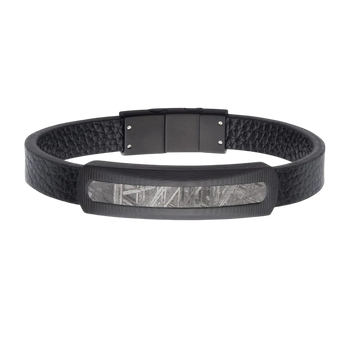Ring Settings
The setting determines the style of the ring. Our descriptions of common ring settings will help
you shop for the perfect ring.

Solitaire
A solitaire setting is adorned by a single stone. It lets more light pass through from the bottom of the ring, making the ring head appear more beautiful. The gemstone also appears larger than it is, while the ring size is balanced without needing a wider band.

Side-Stone
A ring with a side-stone setting features diamonds on both sides of the center stone. The side stones can be cut to match or contrast with the center stone. For example, a brilliant round cut or pear-cut diamond can be accompanied by an oval, cushion-cut, or other fancy-shaped diamonds. The ring can feature one side stone on each side or a series of smaller stones radiating out from the center diamond.

Three-Stone
Three-stone rings often represent a couple’s past, present, and future. The side diamonds are usually smaller than the center diamond, which is typically set on a raised mounting. Therefore, it becomes the visual focus. This setting often pairs princess and oval-cut diamonds, but there are many possibilities.

Halo
This modern style puts a stunning stone in the center and encircles it with a halo of small diamonds. The center stone can be level with or placed above the surrounding ones. The ring can be of any shape or size. Since a halo setting is versatile, prong, basket, cathedral, and other mounting types can be used.

Pavé
A pavé setting arranges stones closely in a row. This creates a seamless effect, like a road paved with diamonds (pavé is French for “paved”). However, the center stone still has a strong visual impact. For smaller prongs that show more of the diamonds, choose a petite pavé setting.

Antique
Antique ring settings include cluster styles, which are characteristic of the Victorian and Edwardian eras. The halo setting is a more modern version. Bezel and four-prong settings have also been used for many years and remain popular to this day.

Single-Row
A single row of stones graces the shank of the ring. Elegant and timeless, this simple setting may have gems in a straight line or staggered. Like most other engagement rings, there’s a larger center diamond. The center stone and side stone can be diamonds or other gems. Or, the ring can feature a diamond with other types of gems on either side.

Multi-Row
A multi-row setting stacks two or more rows of diamonds on a ring. The rows can be parallel, offset, or cross one another. A larger center stone is usually featured. A multi-row ring can contain up to dozens of smaller diamonds. The ring’s cost is largely determined by the combined carat count of all the stones.

Bypass
A bypass setting is unique in that it’s asymmetrical. The band or shank connects to the center stone from above and below, so it is not continuous. This creates a twisting, yet elegant, visual effect. Symbolically, a bypass ring can represent the union of two different people.

